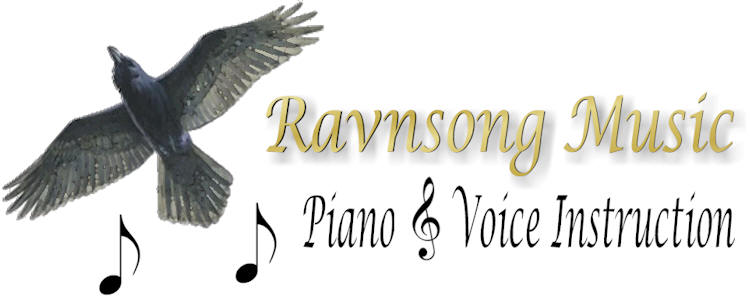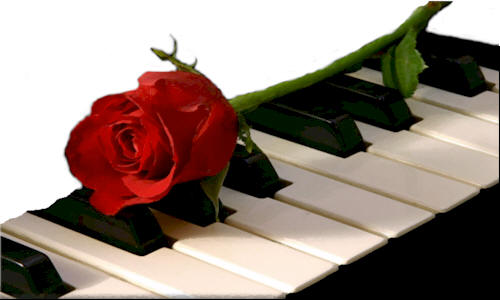

Helps & Tips
|
|
Comfortable seating at the pianoGood piano playing is
only possible if we are comfortably seated at the piano. Therefore, at the
beginning of every lesson and practice session, we arrange our piano bench
so that it's the best height for playing and the best distance from the
piano. Where to sit on the benchWe sit on the front of the bench. Our torsos need to move from the hip joint, so the freedom of the hip joint is one thing to check to see if we're sitting in a good place. We sit far enough back on the bench to feel stable enough that we do not need to hold ourselves in place (it's not good to feel perched). We sit forward enough on the bench to allow the hip joint to move freely. If too much of our thighs are on the bench, our torso is forced back and it is difficult to move forward from the hip joint. Adding height to the benchIt's very common that
even adjustable benches can't raise people up high enough so that their
hands, arms, and shoulders -- their playing mechanisms -- are comfortable.
Therefore we often find ourselves adding height to the bench (illustrations
of my tricks for adding height are the two images of the bench at the left). Adding height to the floorPeople whose feet can't reach the floor won't be able to feel easily balanced forward into the piano. There are some official-looking stools on the market for children with shorter legs, but other things work too. We found this footstool at an antiques show, and made the shorter footrests out of telephone books covered with sturdy cardboard boxes. |
|
![]()
Music is poetry without words
-Susan-
next

You Are Presently surfing 'Ravnsong Music'
| Welcome | Navigate | About Ravnsong | Art | Poetry |click on any link above
for questions and concerns about this site:
Art v Poetry v Music
© 2009-2020 by RAVNSONG.COM an I-Magine website
Copyright © 2009-2020 I-IMAGINE All rights reserved.
I